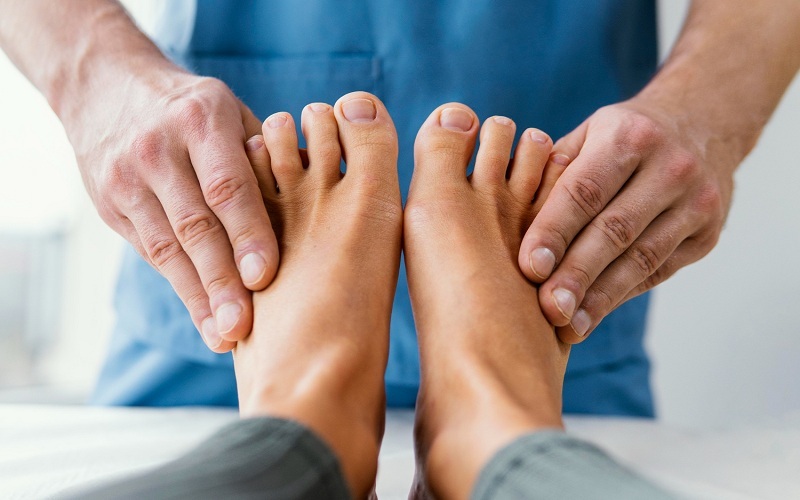Podiatrists vs Orthopedists: Understanding the differences

Welcome to the world of foot care! You’ve probably heard the terms “Podiatrist” and “Orthopedist”, but do you really know the difference? As we journey through this intriguing maze, we’ll uncover the mysteries of these medical professions. We’ll explore the nitty-gritty of procedures like cordova hammertoe repair, and by the end, you’ll have a clear understanding of who does what. No more confusion – just clear, concise knowledge. Because when it comes to your health, every bit of understanding matters.
Unraveling the Roles: Podiatrists
Imagine this. You’re taking a stroll in the park, you stumble, and suddenly your foot is throbbing. You need a specialist, but who do you call – a Podiatrist or an Orthopedist? Podiatrists are the experts in everything below the ankle. They’re the ones you run to when you’re dealing with nagging foot conditions like bunions, heel pain, or hammertoe. They diagnose, treat, and even perform surgery on these areas.
The Other Side of the Coin: Orthopedists
Now, let’s consider a different scenario. You’re playing a high-energy game of basketball, take a bad fall, and feel severe pain shooting up your lower leg. This time, you’re likely to need an Orthopedist. These specialists handle the entire musculoskeletal system – not just the feet. So, whether it’s a broken bone, torn ligament, or a more complex issue like a hip replacement, they’re the go-to professionals.
When to Choose Which
Decision-making time. Here’s a simple rule: If your issue is solely foot-related, it’s safer to go with a Podiatrist. They’re well-versed in handling all the peculiarities of foot anatomy and conditions. On the other hand, if your issue is related to a broader range of the body – perhaps it involves the leg, hip, or spine – you’re better off with an Orthopedist.
Collaboration is Key
Remember, these professions aren’t mutually exclusive. There are instances where they need to work together. For instance, when dealing with a foot complication that’s a result of a broader musculoskeletal condition. It’s all about working together to ensure the best outcome for you, the patient.
Conclusion
So, there you have it – Podiatrists and Orthopedists, each with their own areas of expertise. No longer will you be in a dilemma about who to consult. Whether it’s a hammertoe or a broken hip, you now know exactly who to call! Here’s to making informed health decisions with newfound clarity!
